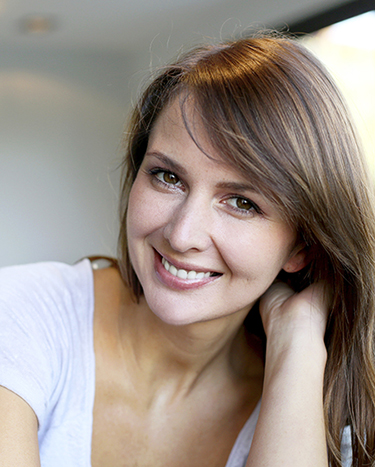 Dental Extractions
Dental Extractions
Tooth extraction is the removal of a tooth from its socket in the bone. If a tooth has been broken or damaged by decay, we will try to fix it with a filling, crown or other treatment. Sometimes, though, there is too much damage for the tooth to be repaired.
There are two types of extractions:
- 1. A simple extraction is performed on a tooth that can be seen in the mouth. Most of these can be done using just an injection (a local anesthetic) with or without anti-anxiety drugs. In a simple extraction, we will grasp the tooth with forceps and loosen it by moving the forceps back and forth. Then the tooth is pulled out. Sometimes we will use a dental "elevator" to help loosen the tooth. This is an instrument that fits between the tooth and the gum.
- 2. A surgical extraction involves teeth that cannot be seen easily in the mouth. They may have broken off at the gum line or they may not have come in yet. To see and remove the tooth, the dentist or oral surgeon must cut and pull back the gums. Pulling back the gum "flap" provides access to remove bone and/or a piece of the tooth.
Surgical extractions are commonly done by an oral surgeon. They are done with injections (local anesthesia) and you can also have conscious sedation. Patients with special medical conditions and young children may be given general anesthesia. When performing a surgical extraction we will need to make a cut (incision) in your gum to reach the tooth. In some cases the tooth will need to be cut into pieces to be removed. If you are having teeth extracted and are receiving conscious sedation, you may be given steroids in your IV line to help reduce swelling after the procedure.
Because surgical extractions are more complicated, they generally cause more pain after the procedure. The level of discomfort and how long it lasts will depend on the difficulty of the extraction. We may prescribe pain medication for a few days and then suggest an NSAID. Most pain disappears after a couple of days.

3932 24th Street | San Francisco, CA 94114
ph. 415.678.5445 | fax. 415.796.2761









